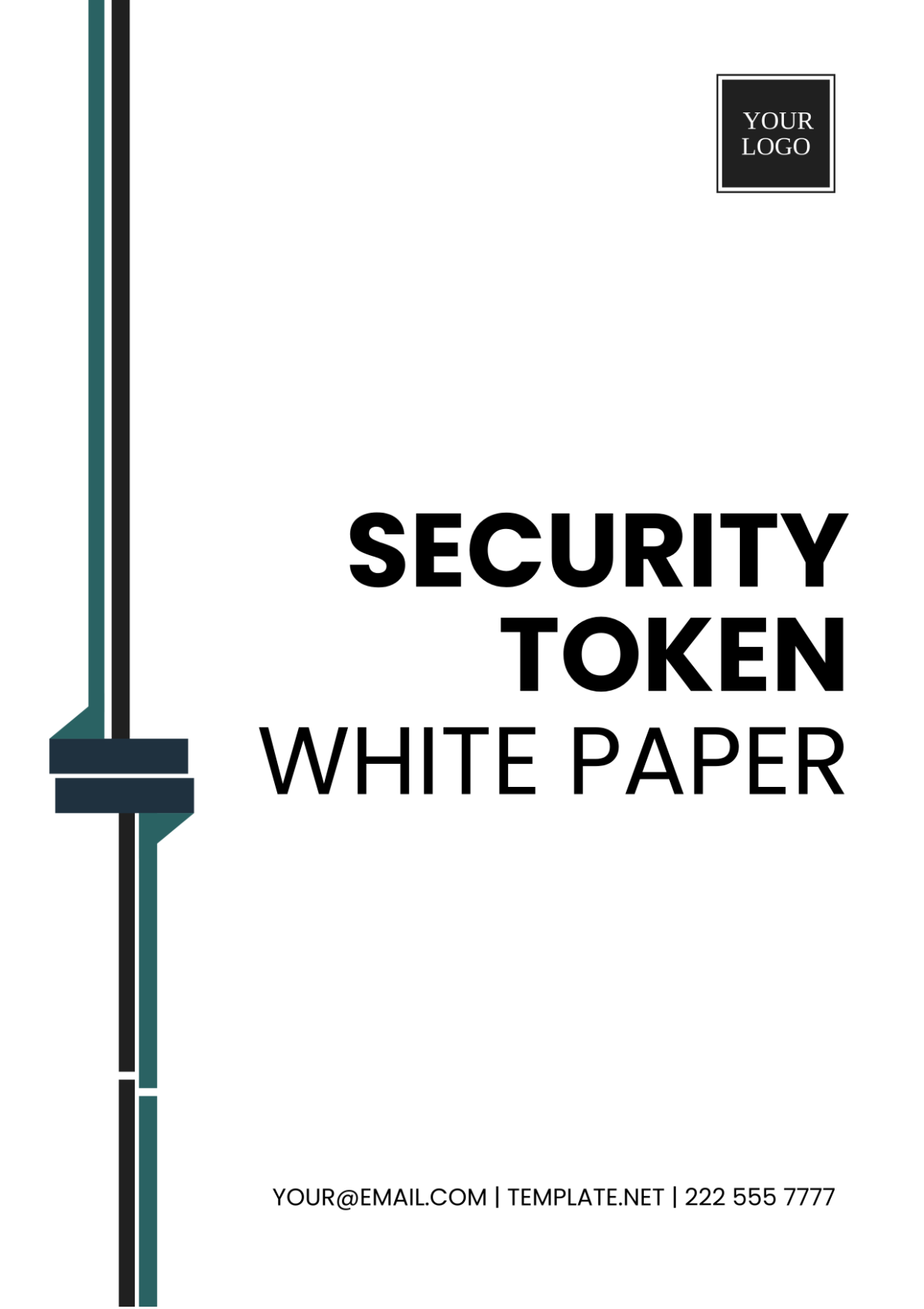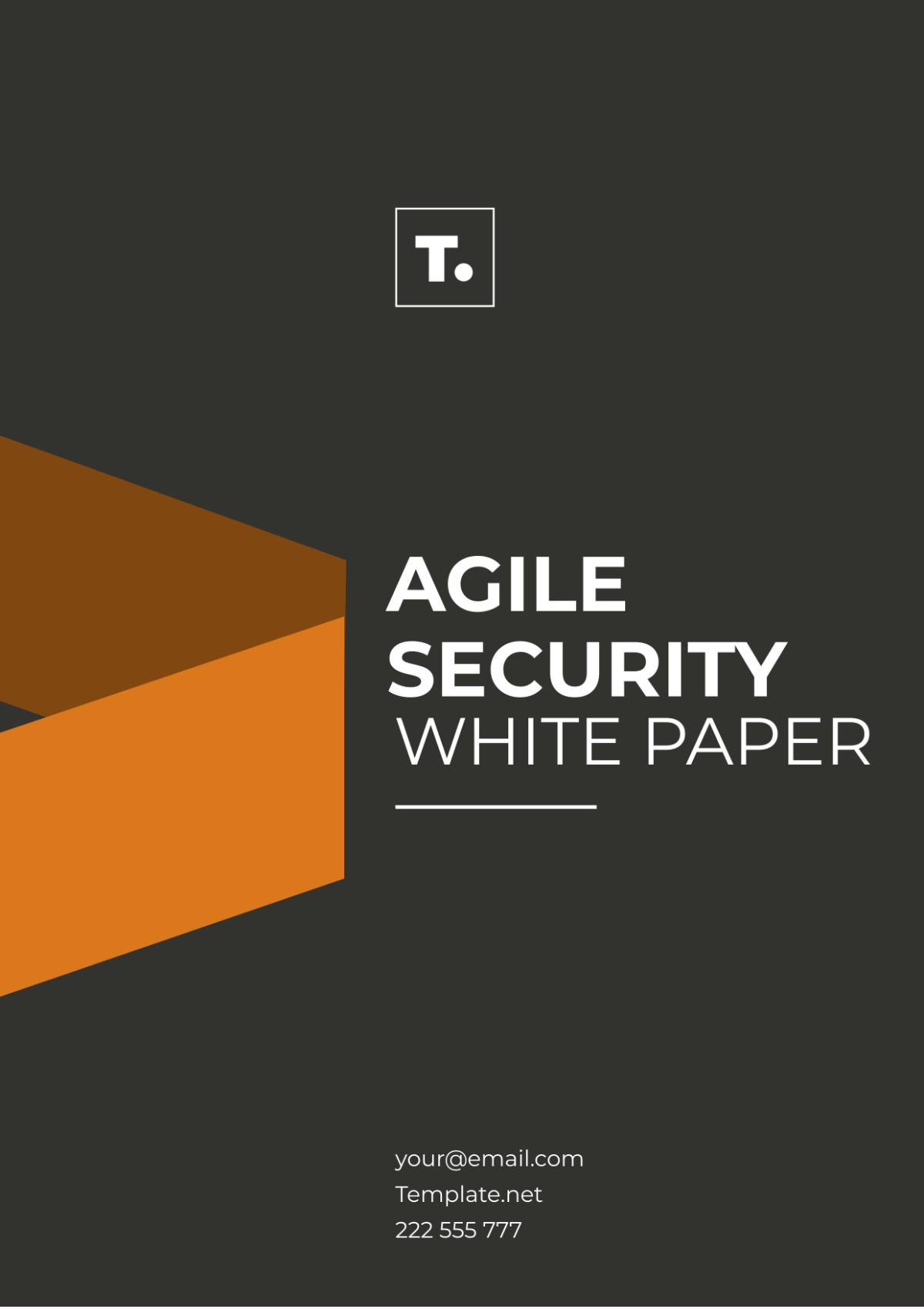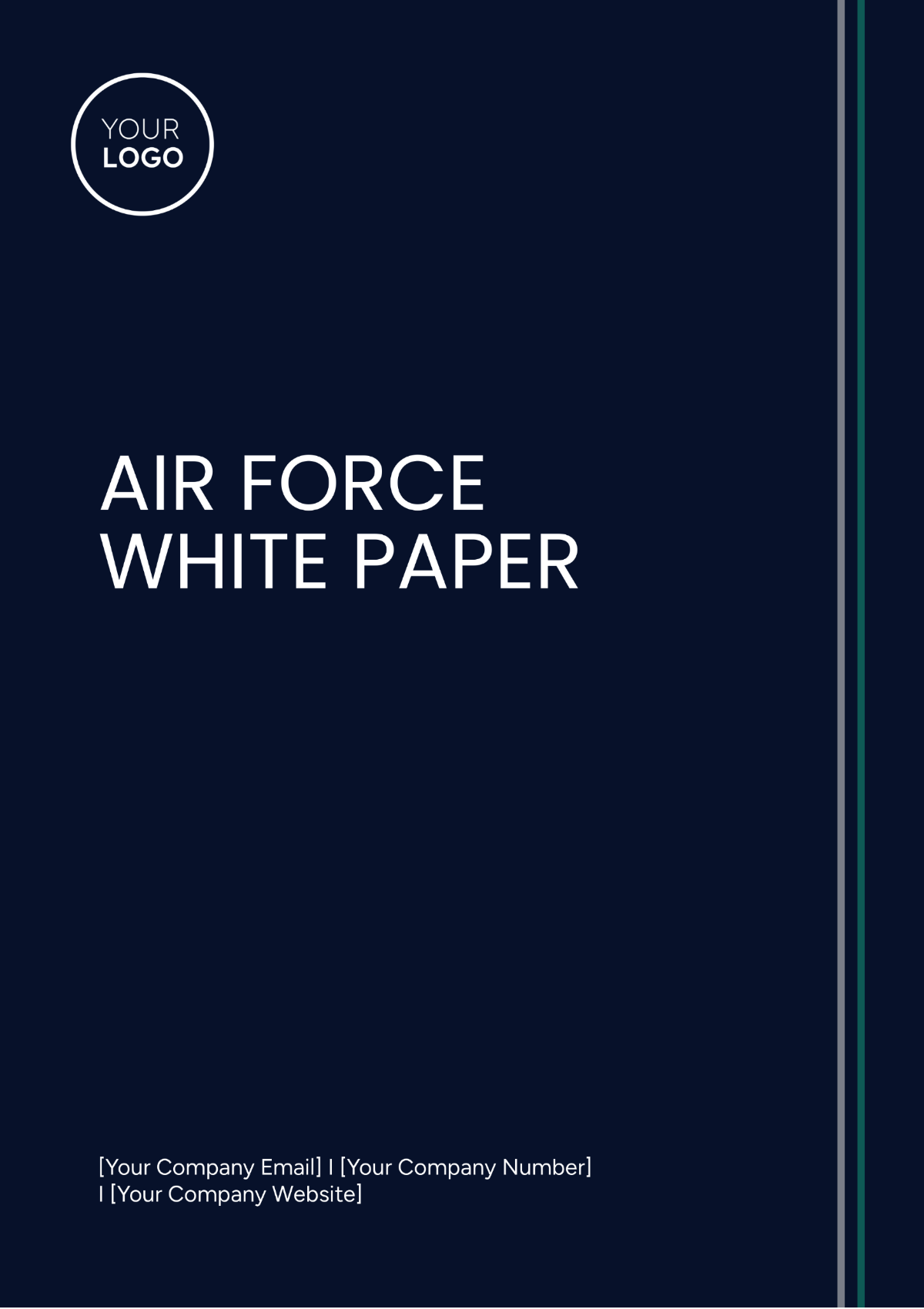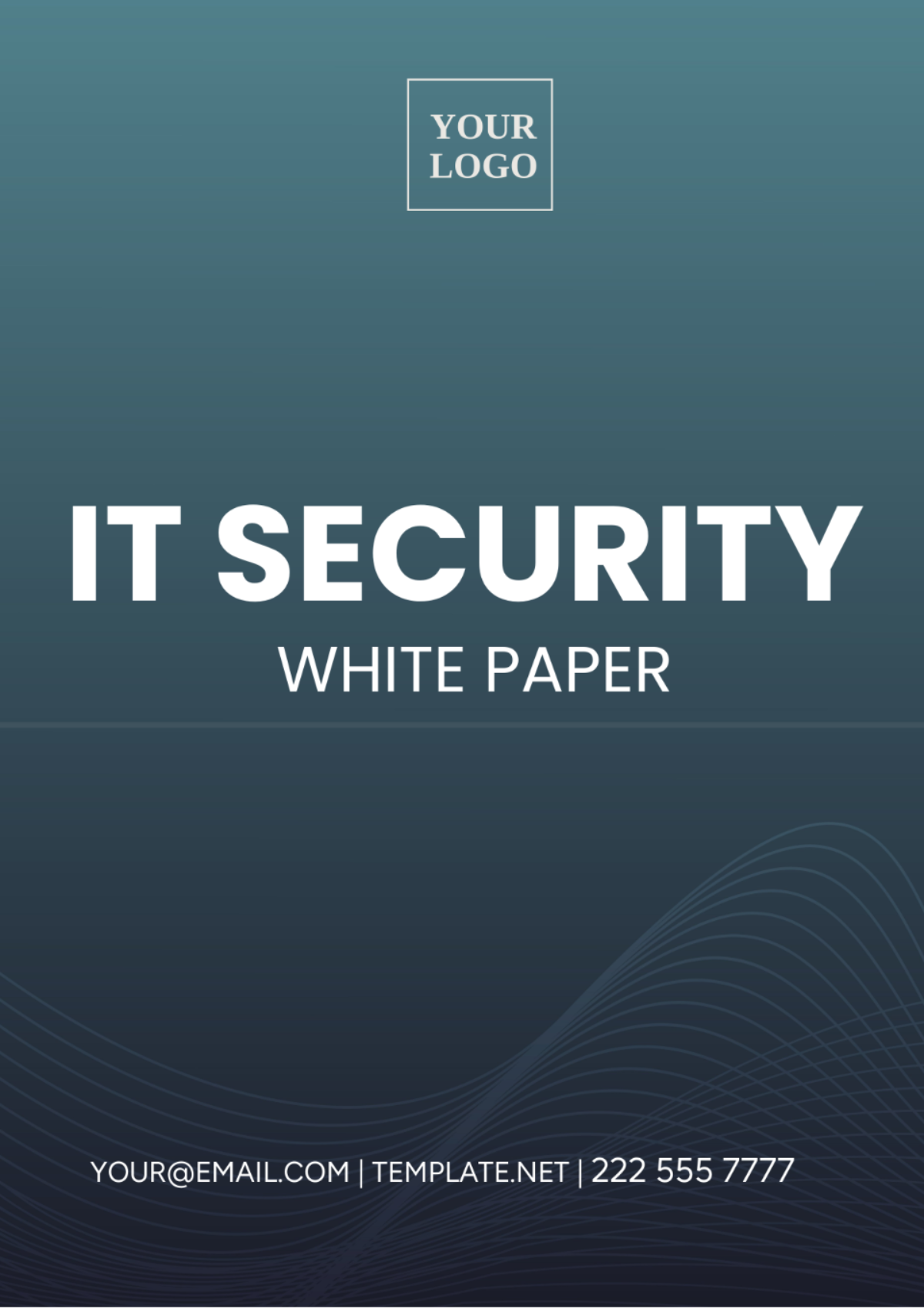Database Security White Paper
_____________________________________________________________________________________
Enhancing Data Protection and Compliance
Prepared by: [Your Name]
For: [Your Company Name]
Date: [Date]
Department: [Your Department]
_____________________________________________________________________________________
I. Introduction
In today's interconnected digital landscape, databases serve as the backbone of countless organizations, storing and managing vast amounts of sensitive information. With the proliferation of cyber threats and stringent regulatory requirements, ensuring the security and compliance of these databases has become paramount.
This white paper aims to provide comprehensive insights into the importance of database security compliance and offers guidance on implementing best practices to safeguard organizational data assets.
II. Overview of Database Security

Database security encompasses a range of measures and practices designed to protect databases from unauthorized access, data breaches, and malicious activities. It involves implementing robust security controls, encryption mechanisms, access management policies, and monitoring solutions to mitigate risks and vulnerabilities.
III. Importance of Database Security Compliance
Compliance with regulatory standards such as GDPR, HIPAA, PCI DSS, and others is essential for organizations to protect sensitive data, maintain customer trust, and avoid costly penalties. Non-compliance not only exposes organizations to legal and financial risks but also tarnishes their reputation in the eyes of customers and stakeholders.
IV. Key Components of Effective Database Security
Access Control
Implementing role-based access controls (RBAC), strong authentication mechanisms, and least privilege principles to restrict unauthorized access to sensitive data.
This chart illustrates the distribution of access privileges among different user roles within the [Your Company Name]'s database system. It showcases the percentage of access privileges assigned to various roles, such as administrators, managers, analysts, and regular users. The chart highlights the importance of role-based access control (RBAC) in ensuring that users have appropriate access to data based on their job roles or responsibilities.
Title: ''Distribution of Access Privileges Across User Roles''
Encryption
Utilizing encryption techniques such as data-at-rest encryption, data-in-transit encryption, and field-level encryption to protect data from unauthorized disclosure.
Auditing and Monitoring
Implementing robust auditing and monitoring solutions to track database activities, detect anomalies, and respond to security incidents in real time.
Patch Management
Regularly updating and patching database systems to address known vulnerabilities and minimize the risk of exploitation.
Compliance Management
Establishing processes and controls to ensure ongoing compliance with relevant regulatory standards and industry best practices.
V. Implementing Database Security Best Practices
Conducting Risk Assessments
Identifying and assessing potential risks and vulnerabilities in database systems to prioritize security efforts and allocate resources effectively.
This chart presents the results of a risk assessment conducted by organizations, highlighting the most common risks and vulnerabilities identified in their database systems. It categorizes risks based on severity and frequency, showcasing the percentage of organizations affected by each type of risk. The chart emphasizes the importance of conducting risk assessments to proactively identify and address security risks, thereby mitigating potential threats to database security.
Title: ''Results of Risk Assessment''
Employee Training and Awareness
Providing comprehensive training and awareness programs to educate employees about security policies, procedures, and best practices.
Security Incident Response
Developing and implementing incident response plans to promptly detect, contain, and mitigate security incidents affecting databases.
Regular Security Audits
Performing regular security audits and assessments to evaluate the effectiveness of existing security controls and identify areas for improvement.
VI. Conclusion

In conclusion, ensuring the security and compliance of databases is critical for organizations to protect sensitive information, maintain regulatory compliance, and uphold trust with customers and stakeholders. By implementing robust security measures, adhering to best practices, and fostering a culture of security awareness, organizations can effectively mitigate risks and safeguard their data assets against evolving threats.
For further assistance in implementing database security best practices or to explore innovative solutions tailored to your organization's needs, please contact [Your Company Email].
VII. References
List all the sources cited in the white paper. Ensure to follow a consistent citation format.
_____________________________________________________________________________________


















